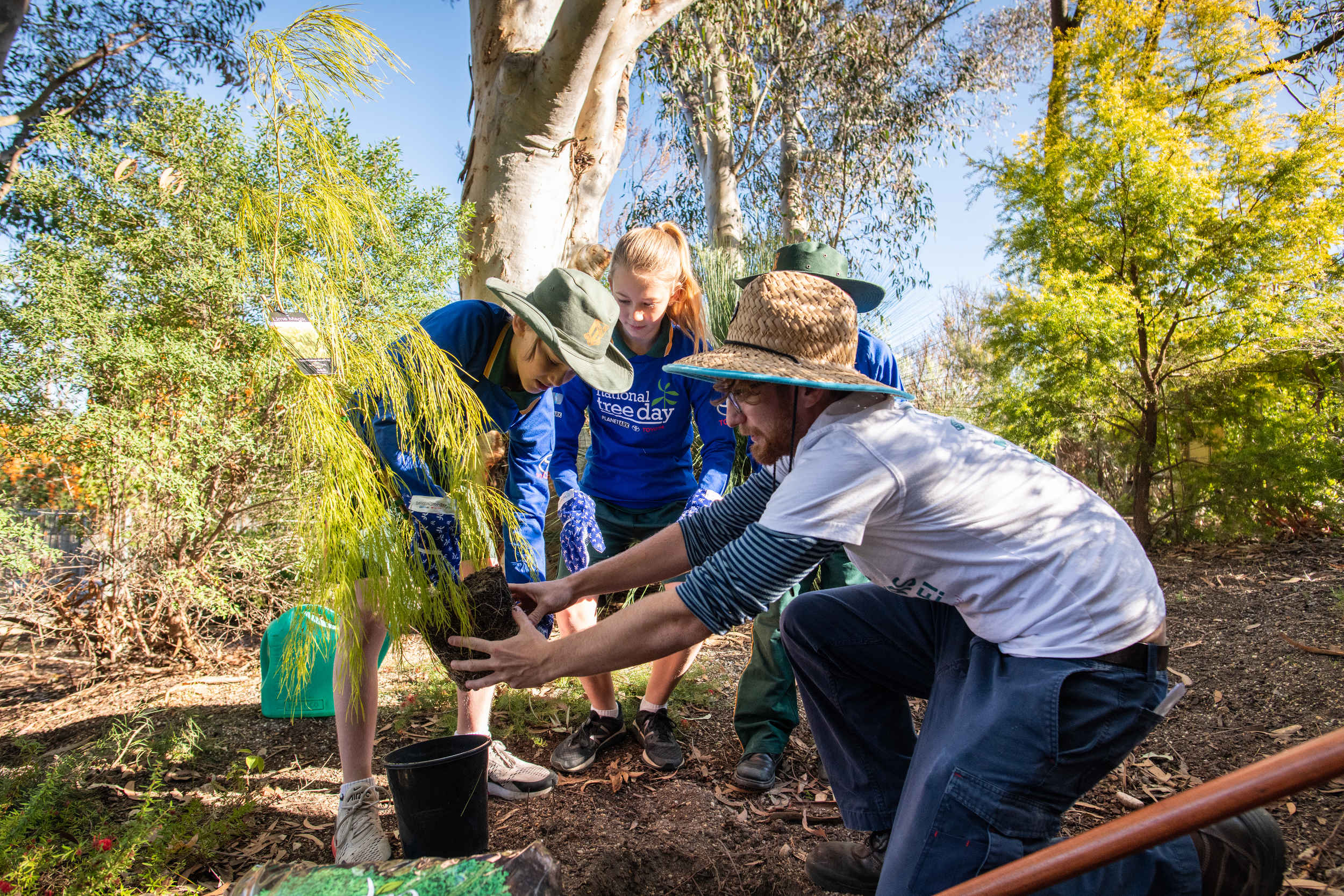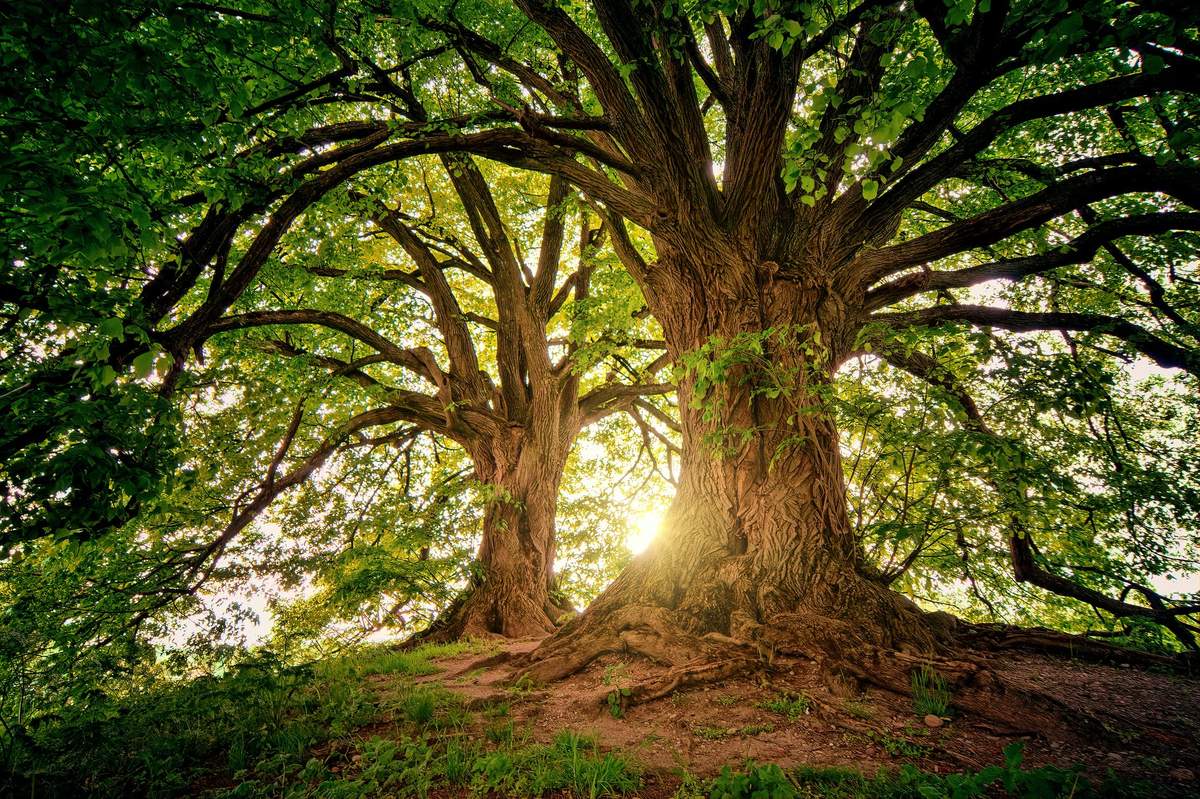Most species of trees tend to be long-lived. Some trees live to be several thousand years old. According to the U.S. Forest Service, about 766 million acres of forest land exists in the United States. This number has held steady since 2012. Between 1630 and 1910, there was a steady decline from 1,023 million acres to 754 million acres. That’s a decline from 46 percent to 34 percent of the total land area of the United States.

How trees are utilized and managed has changed in the last 400 years. Where people live and how we farm has also changed. While some urban forests increase, other areas see a decline. Tree planting programs improve landscapes but human activities and population growth continue to impact ecosystems.

Trees provide more than just beautiful landscapes and a shady canopy on a sunny day. They play a significant role in reducing erosion and moderating the climate as well as give us oxygen. Large quantities of carbon are stored in their tissues as trees remove carbon dioxide from the atmosphere. They provide habitat and structure for strong ecosystems.
According to nationaldaycalendar.com








